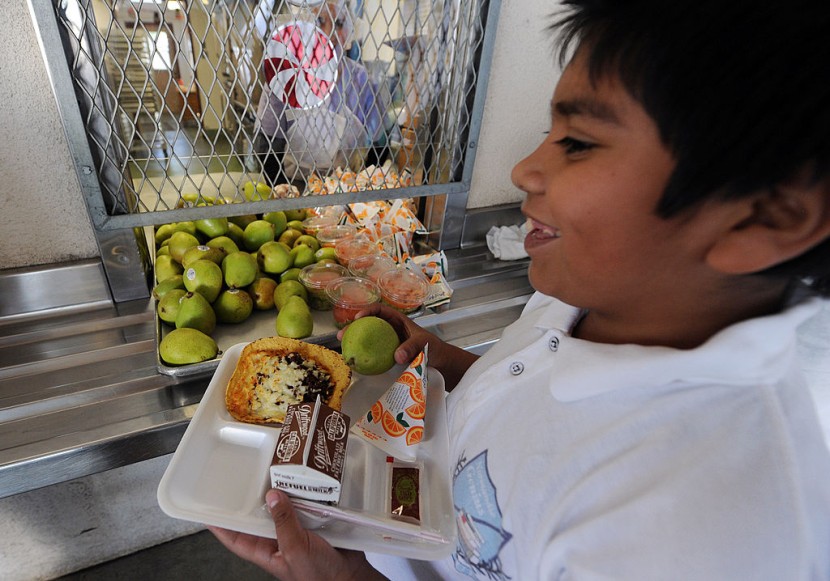
During the pandemic, all 50.6 million public school kids got free lunch meals. After that program's expiration on September 30, many families across the US found themselves in financial trouble.
Georgetown University assistant professor Krista Ruffini, who focuses on government policies that affect the job market, educational attainment, and health outcomes, stated that it is tough to give a definite estimate on how many families will be affected.
Hunger Impacts Children's School Performance
But before the pandemic, Ruffini said, about 25% of students were attending a school that offered schoolwide free school meals through the Community Eligibility Provision or related programs, per NPR.
ParentsTogether Action recently surveyed 500 parents and found that 90% of respondents find it more difficult to make ends meet due to price increases and the expiration of 2021 monthly Child Tax Credit payments. The survey indicated that 41% of parents had to obtain a new job or work extra hours to cover their costs, and 48% claimed they couldn't afford adequate food.
According to the USDA, 6.1 million kids had inadequate amounts of food in food-insecure households in 2020. ParentsTogether, a nonprofit advocacy group, says that hunger impacts the behavior and performance of kids in school.
Ailen Arreaza, co-director of ParentsTogether, noted the implementation of universal free lunch eradicated the stigma associated with receiving a free or reduced-price lunch.
She underscored that teachers, nurses, and parents view it also as an equitable challenge for kids not to experience the shame or that humiliation of having "free and reduced lunch when everyone gets it," according to a report from Today. The most recent information from the Agriculture Department indicates that the average price of a school lunch was $2.57 for the 2016-2017 academic year.
NBC News reports that for a family of two, that's $5.14 a day or $925.20 for 180 school days. As Moody's Analytics has revealed, the price of basics has increased by $460 per month compared to a year earlier, this represents a considerable burden for a family of four earning $52,000 annually.
Read Also : US, Japan, and South Korea Warning: North Korea Nuclear Bomb Test Would Face 'Unparalleled' Response
Why Was The Free Lunch Program Stopped?
Making free school meals program permanent has been a long-term aim for the Biden administration. However, it still needs the support of the US Congress. Congress did not extend the policy, apparently due to opposition from Republicans concerned about the estimated $11 billion cost of the free lunch program.
Doubts about providing free meals to all schoolchildren may be growing as a result of the high expenses associated with the free school meals. According to WBUR, an NPR station in Boston, the USDA has spent $30 billion on the program of subsidized meals for everyone since 2020, which is $11 billion more than it would normally pay on its income-based school lunch program.
Universal free school lunch looks popular across the country, despite opposition to the cost. Data For Progress, a liberal polling organization, revealed that 74% of respondents in 2021 favored making free school meals mandatory across the country.
According to a June 2022 survey conducted by the Urban Institute, a nonpartisan think tank specializing in social and economic research, 76% of adults who live in households with children enrolled in public schools and 67% of adults who do not live in households with children enrolled in public schools are in favor of providing all students with free, nutritious meals at school.
© 2025 HNGN, All rights reserved. Do not reproduce without permission.








